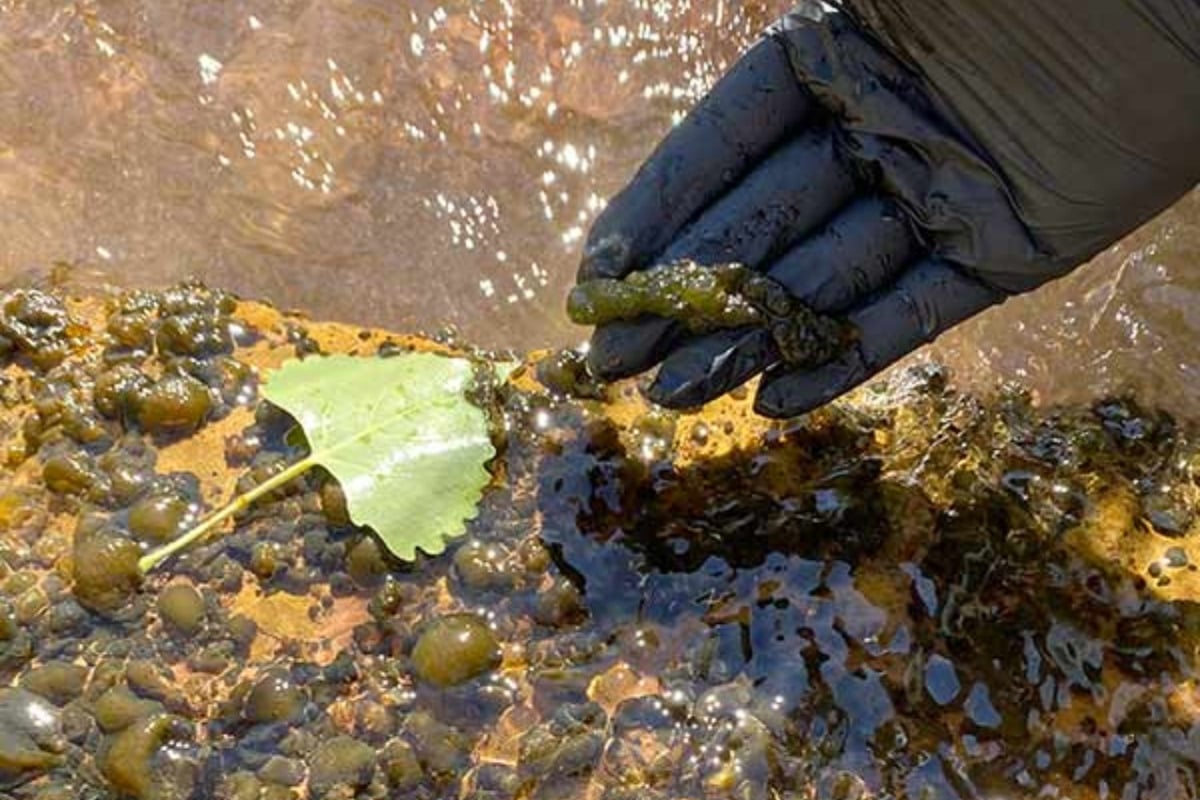By Lila Warner
Copyright hoodline

With autumn ushering in the waterfowl hunting season in Utah, there’s something else besides ducks and geese that hunters need to keep an eye on: harmful algal blooms. The state’s northern zone youth waterfowl hunt on Sept. 20 may seem like business as usual, but it comes with a cautionary note: 21 waterbodies across Utah are currently under advisories due to the presence of these toxic blooms, according to the Utah Division of Wildlife Resources.
Hunters, who are typically prepped with gear and acute awareness for their sport, might not be as vigilant about the silent threat lurking in the waters they traverse. As temperatures dip, don’t be fooled, these blooms aren’t exclusive to the swelter of summer. They can continue to pose risks throughout the cooler seasons, a fact underscored by Dr. Hannah Bonner, an environmental scientist at the Utah Division of Water Quality. “People should know what to look for, and when in doubt, keep your pets and hunting dogs out of the water,” she warned, highlighting the relentless nature of these harmful algal blooms, as per the Utah Division of Wildlife Resources.
Discernment is crucial for those heading to the waters, as harmful algal blooms can present as discolored water, scum, or mats that may resemble pea soup, spilled paint, or grass clippings. These unsightly masses are not just an eyesore. They pack a punch of liver, nerve, and skin toxins, making them dangerous to humans, pets, and yes, your loyal hunting dogs. The Division of Water Quality will cease monitoring for harmful algae on Oct. 31, but the risk doesn’t abate with their vigilance.



